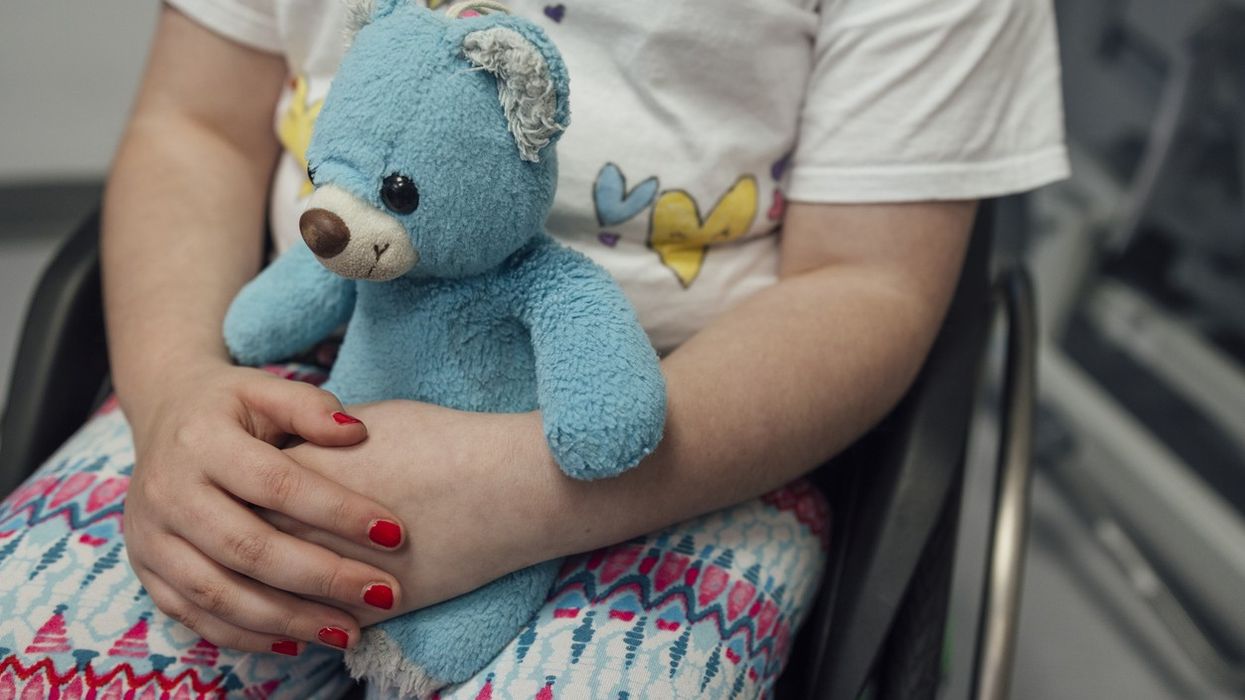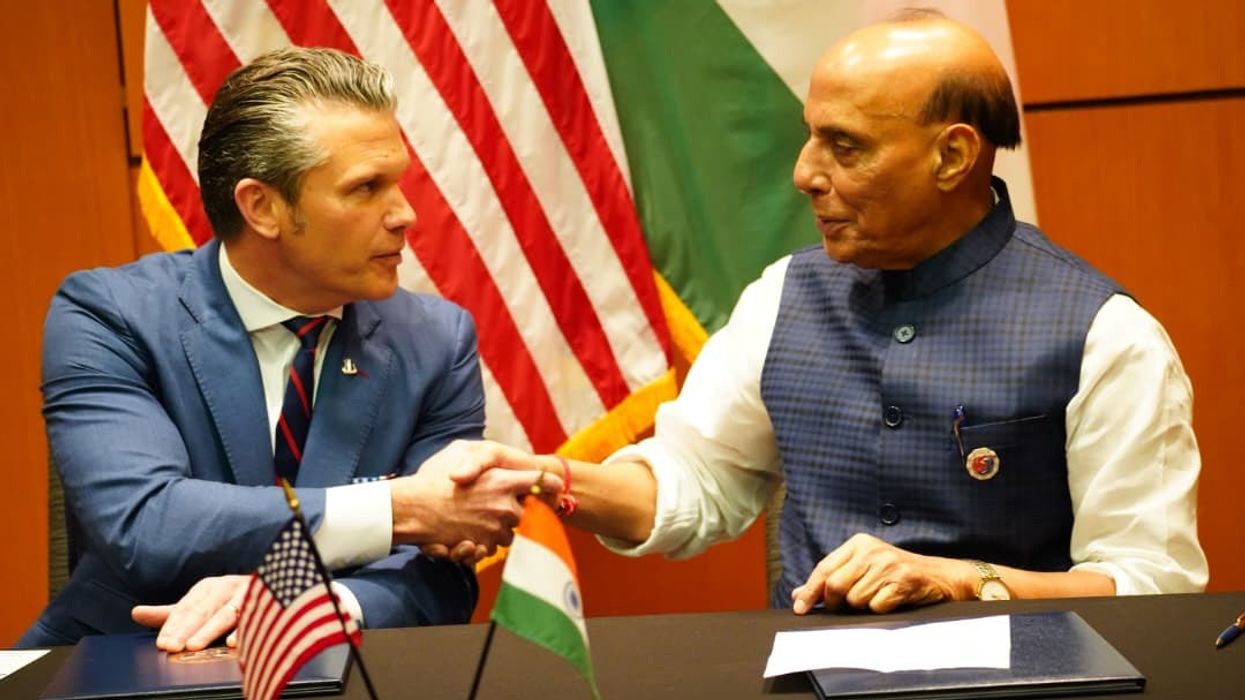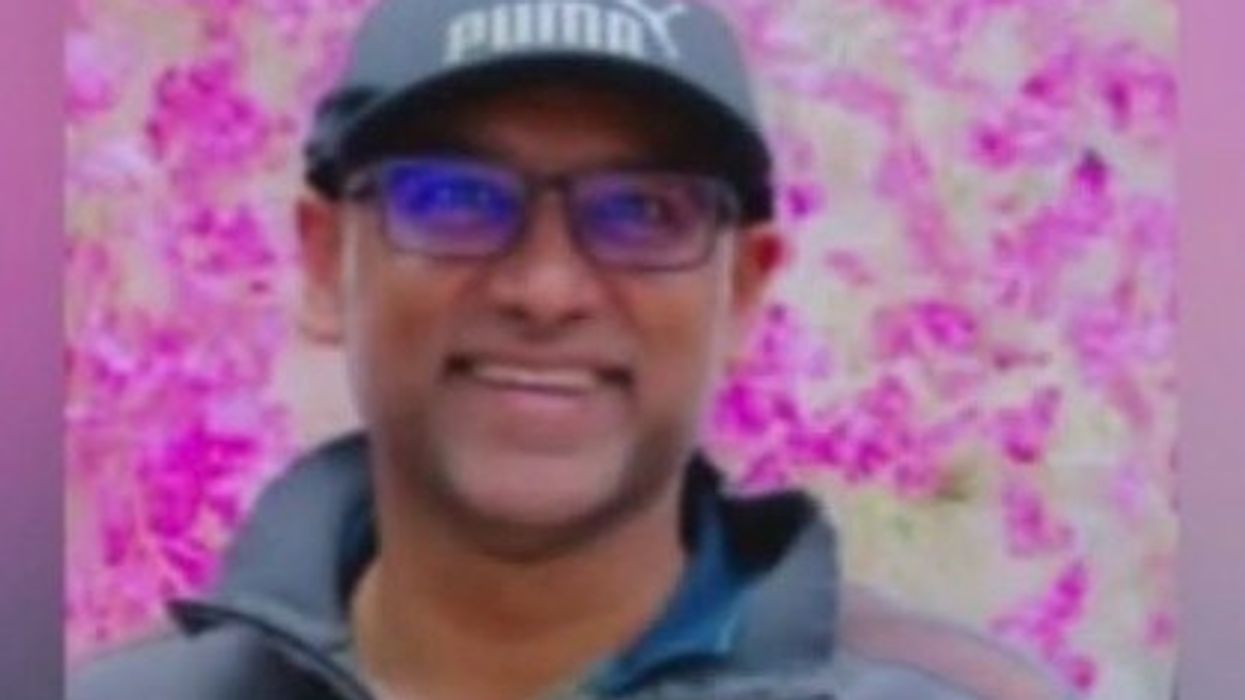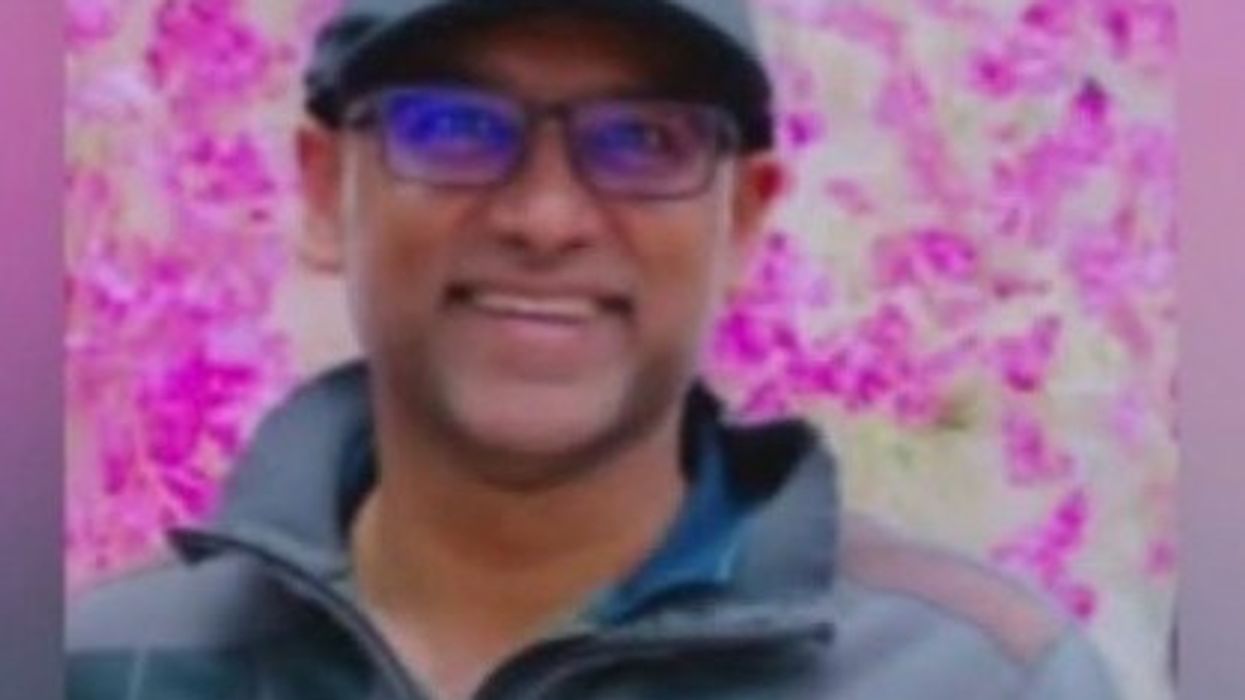Highlights:
- New rules expand ineligible federal programs from 31 to 44, including health and education services.
- Lawfully present immigrants, including H-1B workers and students, face exclusion.
- Families report growing fear and confusion over eligibility.
- US-born children of immigrants risk losing early education and health support.
- Cuts could weaken workforce stability and local economies.
The US Department of Health and Human Services (HHS) has recently expanded restrictions on federal benefits—even for lawfully present immigrants. The ripple effects are poised to hit thousands of Indian American families, particularly those on work visas or facing long green card backlogs. With the landscape of health and social services rapidly changing, here are the top ways these new federal benefit cuts could impact Indian Americans:
1. Loss of access to vital health programs — Een for legally present immigrants
The biggest immediate impact is the widening net of ineligibility for key federal health programs, even for those with legal status in the US. The HHS has updated the definition of “federal public benefits” to add 13 more programs (now a total of 44), encompassing many basic health and social services. These benefits, now mostly off-limits, include access to community health centers—a critical resource for many Indian American families, especially new immigrants who may lack private insurance or stable employment-based coverage.
Dr. Drishti Pillai, Director of Immigrant Health Policy at KFF, explains that these restrictions apply not just to undocumented individuals, but also to several categories of lawfully present immigrants, including work visa holders and students.
2. Increased confusion and fear about eligibility
A major consequence of these changes is widespread confusion. The updated rules aren’t only expanding the list, but also making it clear the list is not final and could grow with future guidance. Indian American families, already navigating complex visa and residency issues, now face the additional anxiety of not knowing which programs may become off-limits next. This uncertainty will heighten stress and may lead families to preemptively avoid services—even those they are still eligible to receive.
3. Deterring families from seeking help
Even before these changes, there was a pronounced “chilling effect” among immigrants regarding seeking public services, due to fear of jeopardizing their immigration status. According to KFF’s Spring 2025 survey, 9 per cent of lawfully present immigrants avoided necessary medical care and 7 per cent avoided applying for essential government help (covering food, health, or housing) because of concerns it might draw unwanted attention to their immigration situation. These new cuts, paired with increased immigration enforcement, will likely worsen this trend among Indian Americans worried about their future in the US.
4. Direct impact on health and educational programs for children
Indian American families often include US-born citizen children or dependents attending school. The new restrictions now bar access for many lawfully present immigrants from programs like Head Start (an essential early childhood education initiative) and Title X (which funds family planning and reproductive health). Loss of access to these services will disrupt early education and health outcomes for children in immigrant households, creating broader long-term disparities.
5. Strain on community health providers and social workers
Frontline social service providers and clinics serving immigrant communities—including Indian Americans—are bracing for an influx of confusion, administrative burden, and possibly financial loss. Providers will need to interpret changing eligibility rules and help families comply, often with limited or unclear government guidance. These strains may mean longer wait times, fewer services, and patchier safety nets for those most in need.
6. Broad 'chilling effects' on legal immigrants’ willingness to engage
The combined effect of benefit cuts and increased scrutiny (including for social media activity and enhanced vetting) will create a culture of fear in immigrant communities. Even eligible Indian American green card holders or highly skilled workers on H-1Bs may withdraw from civic engagement, public health programs, and service utilization due to anxiety about potential repercussions. These behaviors can isolate families, reduce integration, and damage trust between communities and the state.
7. Negative ripple effects on workforce and local economies
Finally, beyond the individual and family impacts, the broader community and workforce could also suffer. Indian Americans are a significant force in essential sectors—ranging from healthcare and technology to hospitality and academia. Restrictive benefit policies can undermine workforce stability and economic productivity, as families face health or educational hardships. Dr. Pillai points out that such policies risk harming not just immigrants, but the larger community as a result of the indispensable roles immigrants play in the American economy and society.
The new federal benefit cuts present a complex bureaucratic web that is increasing uncertainty, anxiety, and hardship for Indian American families. Whether it’s risking children’s early education, reducing access to healthcare, or worrying about future rule changes, the effects of these policies extend well beyond government paperwork—they touch the daily lives, futures, and aspirations of one of America’s most dynamic immigrant communities.















